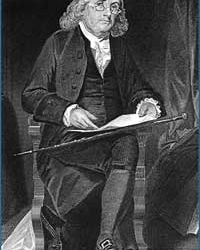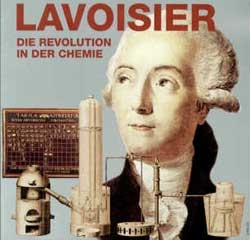At the time of the passing of Queen Elizabeth II, the throne was immediately passed to the heir – Prince Charles III – but there are several procedures he must follow to ascend to the throne.
After Queen Elizabeth II passed away at the age of 96 after 70 years of reign, Prince Charles became the heir to the throne, taking the title King Charles III.
In the coming days, King Charles III will face the dual challenges of mourning the loss of his beloved mother and leading the country.

Queen Elizabeth II and her son Prince Charles – who has just become the new king. (Source: AFP).
The new king, Charles III, expressed his respect for his beloved mother in a statement, affirming that the Queen’s passing is the saddest moment for him and all family members.
The king shared: “We deeply mourn the passing of a revered monarch and a very dear mother. This loss will be felt profoundly across the nation, the realms, and the Commonwealth, as well as by many people around the world.”
The king and his wife, Queen Camilla, are currently at Balmoral and will return to London on September 9 to speak to the public on the same day.
According to the BBC, at the moment Queen Elizabeth II passed away, the throne was immediately passed to the heir – Prince Charles III, the Queen’s son. However, there are several procedures he must follow to officially become king.
One of his first actions will be to decide whether to reign as King Charles or adopt a different name. He will hold the title Charles III, although he could choose any of his four names and middle names – Charles Philip Arthur George.
Despite being the heir to the throne, Prince William, his son, will not automatically inherit his father’s title of Prince of Wales. However, William will immediately inherit his father’s other title, Duke of Cornwall. Prince William’s wife, Catherine, will be referred to as the Duchess of Cornwall.
Within the first 24 hours after Queen Elizabeth II’s passing, Charles will officially be proclaimed as King. The ceremony will take place at St James’s Palace in London before the Accession Council – a body that includes members of the Privy Council, which is a group of senior lawmakers and other prominent figures.
At this meeting, the Chairman of the Privy Council will announce the passing of Queen Elizabeth and read a proclamation. Traditionally, this includes a series of prayers and commitments, praising the previous monarch and pledging support for the new king.
The Accession Council will reconvene – usually a day later – and this time, the king will attend, along with the Privy Council. Although there is no formal “oath” at the beginning of an English monarch’s reign, the new king will make a statement of “God save the King.”
Salutes will be fired in Hyde Park, the Tower of London, and from naval ships, and a proclamation announcing Charles as King will be read in Edinburgh, Cardiff, and Belfast.
Due to the need for preparation, the coronation ceremony is unlikely to take place soon after King Charles III ascends the throne. In fact, Queen Elizabeth II ascended to the throne in February 1952 but was not crowned until June 1953.
For the past 900 years, the coronation has been held at Westminster Abbey – William the Conqueror was the first English monarch to be crowned there, and King Charles III will be the 40th.
This is an Anglican ceremony, conducted by the Archbishop of Canterbury, the leader of the Anglican Church. At the climax of the ceremony, he will place the crown on Charles’s head – a solid gold crown that dates back to 1661.
Immediately after hearing the news of the Queen’s passing, despite the rain, crowds gathered at Buckingham Palace in London to lay flowers in tribute.
Buckingham Palace flew the flag at half-mast at 6:30 PM (local time), and an official announcement of the Queen’s passing was posted outside the palace.




















































